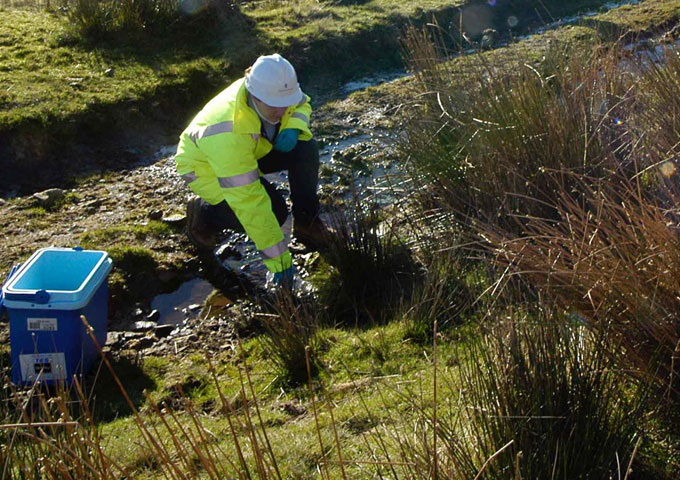
Many kinds of research have been undertaken in the latest days to déterminer les impacts hydrogeologique on land-use changes and/or climate changes, and their functions have been established. These research findings are useful in determining the reasons for hydrological fluctuations and devising adaptive measures.
However, the overall consequences of land-use changes and climate variability, as well as their donations, are yet unknown, which suggests that more research is needed. Furthermore, due to geographical differences, the impacts may vary from place to place, prompting further research at regional levels.
A plethora of studies have been done in the HRB to determine the impact of land use as well as climate changes on hydrological processes, with a focus on three problems:
(i) Previous land use adjustments and their consequences
(ii) Previous earth’s climate and their effects; and
(iii) Potential hydrological implications of land cover change and climate changes in the long term.
Types of Hydrogeological Research
- Hydrogeological assessments can be undertaken on a big, moderate, or tiny scale, based on the procedure’s goal. First, existing studies data from private and government sources is evaluated, followed by substantial fieldwork if necessary.
- To acquire preliminary information on the hydrogeological situation, a small-scale survey is conducted in places that have never been explored before. These include information on the ability of the rocks in the area to hold water and the overall quality of the subterranean water. Moderate surveys are more detailed and are used to compile data for hydrogeological mapping. Water-bearing formations are identified, and the remaining capacity of the town’s minerals is investigated.
- Large-scale hydrogeological assessments are typically conducted to address specific challenges during the architectural and operating planning stages. Through this type of survey, areas, where water can be collected, are discovered, and subsurface water reserves are studied. Drilling processes, evaluation of the composition and quantity of subsurface water, and appropriate measurement of its flow are all required for midsized surveys. To comprehend the hydrogeological state fully, well construction and pumping tests may be carried out.
Final Thoughts
Groundwater sources can be identified using hydrogeological reconnaissance techniques, as well as the expected yield and quality of the water. The analysis of the subsurface layer of rocks also aids in the acquisition of critical information about the groundwater’s future value.
As a result, hydrogeological surveying is required to make sound suggestions for borehole drilling that will aid in the acquisition of high-quality groundwater for human use.











